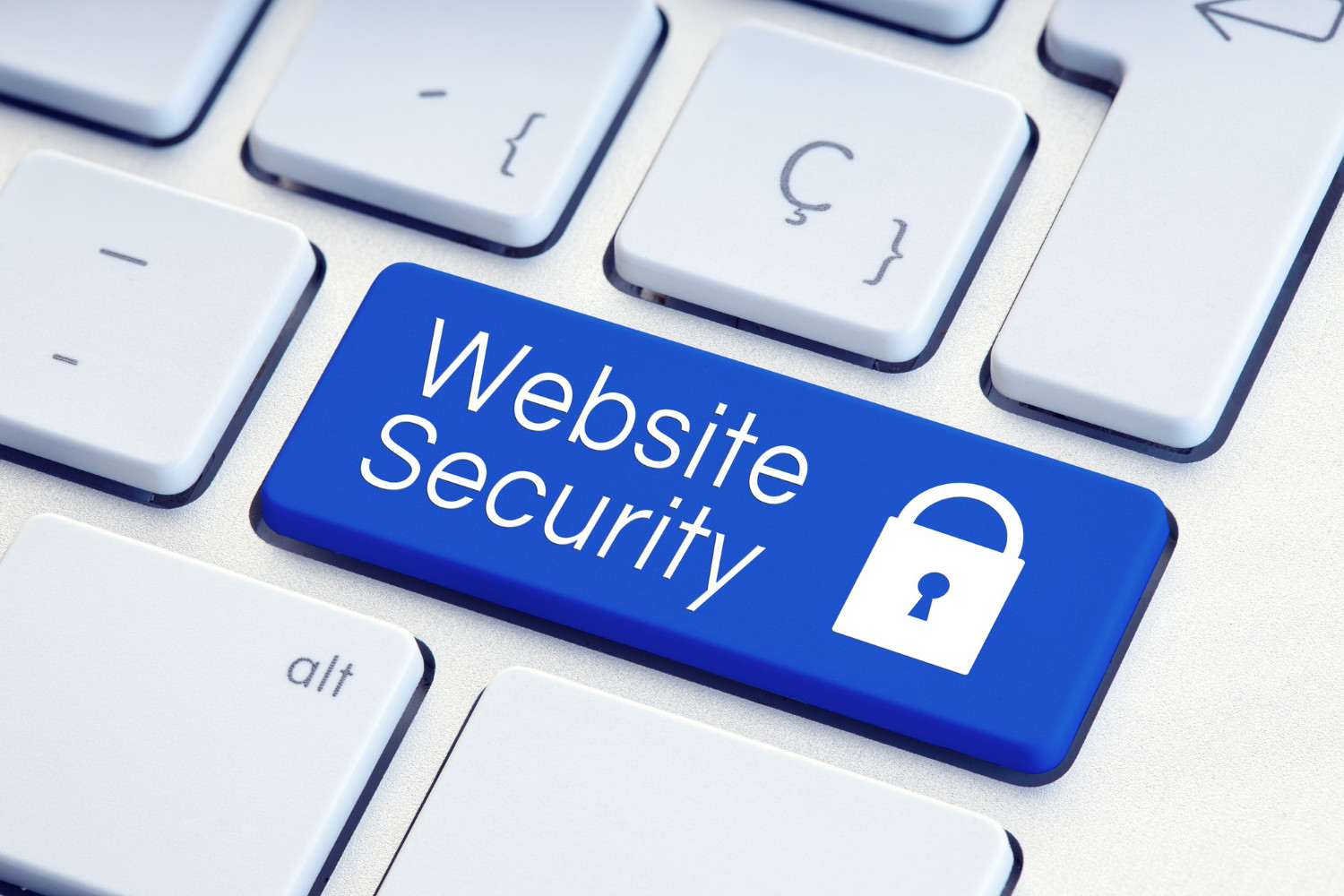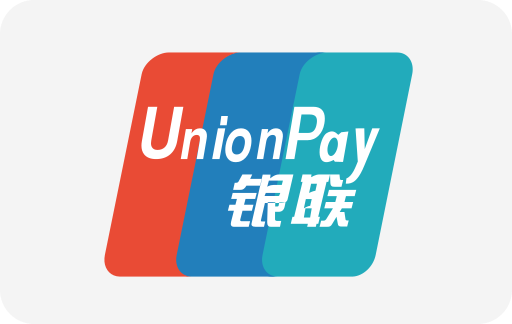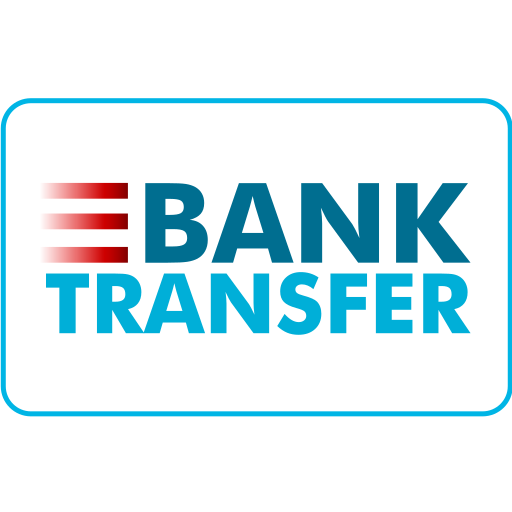
Understanding Cybersecurity: A Crucial Foundation for Entrepreneurs
Welcome, aspiring entrepreneurs! In an era where digital presence is the backbone of any burgeoning business, understanding cybersecurity is no longer optional — it’s imperative. From startups in Singapore to established companies globally, protecting your online assets, particularly your self-hosted WordPress blog, is central to maintaining credibility, safeguarding customer trust, and ensuring business continuity.
But what exactly is cybersecurity? Cybersecurity refers to the practice of defending computers, servers, mobile devices, electronic systems, networks, and data from malicious attacks. It encompasses a variety of technologies, processes, and controls designed to protect systems, networks, and data from cyberattacks. In simple terms, it safeguards the confidentiality, integrity, and availability of information.
The Rising Importance in the Singaporean Startup Ecosystem
Singapore, being a major business hub in Asia, has witnessed exponential growth in tech startups and digital ventures. This growth comes with increased exposure to cyber threats. Reports from the Cyber Security Agency of Singapore (CSA) indicate rising incidents of phishing, ransomware, and website defacements targeting SMEs and startups.
For early-stage entrepreneurs launching their digital marketing campaigns or maintaining a self-hosted WordPress blog to engage customers, ignoring cybersecurity can result in devastating consequences: data breaches, revenue loss, reputational damage, and even suspension of digital operations. Strengthening your WordPress security is essential to ensure your startup thrives in a competitive market.
Why Focus on Self-Hosted WordPress Blogs?
WordPress powers over 40% of all websites on the internet, making it an extraordinarily popular content management system (CMS). Self-hosted WordPress blogs provide flexibility and scalability for startups to customize their sites extensively. However, this flexibility introduces responsibility — you manage both the front-end and back-end environments, including security measures.
Hackers actively target WordPress sites due to their widespread use and the varying levels of security across different installations. According to a 2023 security report, 90,978 WordPress websites were hacked daily on average worldwide. Among these, many were running outdated plugins, weak passwords, or lacked security configurations — all common pitfalls for startups eager to launch quickly without robust security strategies.
Types of Cyber Threats Facing WordPress Bloggers
- Brute Force Attacks: Automated attempts to guess your login credentials through repeated trials.
- Backdoor Scripts: Malicious code injected into your server that allows unauthorized access later.
- SQL Injection: An attack where hackers inject malicious SQL commands to steal or manipulate your database.
- Cross-site Scripting (XSS): Attackers exploit vulnerabilities to inject malicious scripts that run on visitors’ browsers.
- Phishing: Deceptive attempts to obtain sensitive data by masquerading as legitimate entities.
- Malware and Ransomware: Software designed to damage or hold websites hostage until a ransom is paid.
How to Strengthen the Security of Your Self-Hosted WordPress Blog
Let’s now delve into proven, actionable strategies you can implement to secure your WordPress blog, especially tailored for early-stage entrepreneurs working within budget constraints typical in Singapore startups.
1. Choose a Reliable Hosting Provider
Your hosting environment is foundational to your blog’s security. Opt for hosting companies that offer robust security features such as firewall protection, malware scanning, intrusion detection, and timely server updates.
Example: A Singapore startup might choose SiteGround or DigitalOcean Singapore, which provide servers located in Singapore or nearby regions, guaranteeing low latency and local compliance.
2. Keep WordPress Core, Themes, and Plugins Updated
Outdated software is a jackpot for hackers. Regularly update your WordPress core, themes, and plugins to patch security vulnerabilities.
Tip: Enable automatic updates for minor WordPress versions and verify compatibility for major updates before applying.
3. Use Strong Login Credentials and Limit Login Attempts
Set complex passwords using combinations of upper and lower-case letters, numbers, and special characters. Implement two-factor authentication (2FA) to add an extra layer.
Limit login attempts to prevent brute force attacks by using plugins like Limit Login Attempts Reloaded.
4. Implement SSL and HTTPS
SSL certificates encrypt data exchanged between users and your website, preventing interception. Many hosting providers offer free SSL certificates through Let's Encrypt.
Enforce HTTPS site-wide to ensure encrypted communications and boost SEO rankings — a win-win for startups striving to increase visibility.
5. Harden File Permissions and Secure wp-config.php
Restrict file and folder permissions to prevent unauthorized access:
- Set files to 644 and folders to 755 permissions.
- Move wp-config.php one level above your root directory.
- Add an .htaccess rule to deny access to wp-config.php, for example:
<files wp-config.php> order allow,deny deny from all </files>6. Use Security Plugins
Security plugins offer comprehensive protection features such as firewall, malware scanning, and login security.
Recommended Plugins:
- Wordfence Security: Firewall, malware scanning, login security.
- Sucuri Security: Activity auditing, malware scanning, security hardening.
- iThemes Security: Brute force protection, file change detection, 2FA.
7. Backup Your Website Regularly
Data backups are lifesavers following cyberattacks or accidental data loss.
Use plugins like UpdraftPlus or hosting provider backups. Store backups off-site, either on cloud storage or local devices, and schedule backups daily or weekly depending on site activity.
8. Disable XML-RPC if Unused
XML-RPC allows external devices to communicate with your WordPress site but can be exploited for brute force attacks or DDoS attacks.
If not required, disable XML-RPC by adding the following code to your theme’s functions.php:
add_filter('xmlrpc_enabled', '__return_false');9. Monitor Your Website Traffic and Logs
Analyzing traffic patterns and server logs helps in early detection of suspicious activity.
Tools like Google Analytics, server access logs, and Wordfence live traffic monitor provide insights into visitor behaviors.
10. Educate Your Team
Social engineering attacks often target employees or collaborators. Train your team about phishing scams, the importance of secure passwords, and safe browsing practices.
Practical Cost Table: Budgeting Cybersecurity Measures for Singapore Startups (in SGD)
| Security Measure | Estimated Cost (SGD) | Notes |
|---|---|---|
| Reliable Hosting (Monthly) | 15 - 50 | Providers: SiteGround, DigitalOcean Singapore |
| SSL Certificate | 0 (Let's Encrypt) - 50/year | Many hosts offer free SSL. Paid SSL provides extended validation |
| Security Plugins | 0 - 150/year | Free versions available; premium plans offer advanced features |
| Backup Solutions | 0 - 100/year | Plugins like UpdraftPlus have free & paid plans |
| Two-Factor Authentication | 0 - 40/year | Free plugins exist; some charge for enterprise features |
| Professional Security Audit | 300 - 2,000 (one-time) | Recommended annually or before major launches |
Real-Life Scenario: Safeguarding a Singaporean Startup’s Blog
Consider "TechInnovate Singapore", a hypothetical early-stage startup focusing on AI products. Their marketing team maintained a self-hosted WordPress blog to publish industry insights and product updates. Initially, they overlooked security in favor of rapid content deployment. Within months, their site fell victim to a brute force attack, causing downtime during a product launch.
Learning from this, they implemented multi-layered WordPress security:
- Moved to a secure VPS host with Singapore-based servers
- Enabled strict password policies and 2FA for admin users
- Installed Wordfence and scheduled regular scans
- Established nightly automated backups to Google Drive
- Enforced HTTPS site-wide
- Conducted quarterly security awareness sessions for team members
The results were clear: zero security incidents over the next year, improved customer confidence, and smoother search engine rankings.
SEO Strategies to Complement Your Cybersecurity Efforts
Cybersecurity and SEO go hand-in-hand. Google gives preference to HTTPS sites and penalizes those with security vulnerabilities.
Your secure WordPress blog will benefit through:
- Higher domain authority
- Reduced bounce rate from visitor trust
- Better ranking on Google SERPs
Moreover, implementing structured data and optimising site speed (often improved by securing your server and optimising your setup) are essential SEO best practices.
Key Takeaways for Startup Entrepreneurs in Singapore
- Cybersecurity is fundamental — not optional.
- Your self-hosted WordPress blog is a digital asset vulnerable to numerous threats.
- Take proactive measures including using reliable hosting, enforcing strong login policies, leveraging security plugins, and conducting backups.
- Budget wisely but do not underestimate the value of cybersecurity investments.
- Continuous education and monitoring keep your defenses sharp.
- Securing your site positively impacts customer trust and digital marketing efforts.
Advanced Security Tactics for Your WordPress Blog
For entrepreneurs ready to go beyond the basics, implementing advanced security measures can greatly enhance your WordPress blog's resilience against evolving cyber threats. Here are some professional tips inspired by years of working in digital security and witnessing the impact of cyberattacks firsthand.
11. Implement Web Application Firewalls (WAF)
A Web Application Firewall functions as a shield between your blog and incoming traffic, filtering out malicious requests before they reach your server. Managed WAF services like Sucuri CloudProxy or Cloudflare offer robust protection against DDoS attacks, SQL injections, and XSS attempts.
Example: Cloudflare’s free plan is suitable for startups to mitigate basic attacks and enhance site speed via CDN, while its paid plans starting from approximately SGD 20/month offer enterprise-grade firewall rules.
12. Server-Level Security Hardening
While WordPress plugins help, securing the server environment is critical. Steps include:
- Disabling unnecessary PHP functions
- Restricting server access via SSH keys instead of password login
- Installing Fail2ban to block IPs with suspicious login attempts
- Implementing secure FTP (SFTP) instead of plain FTP
For startups utilizing managed hosting, coordinate with providers to enforce these practices. For self-managed VPS, consider hiring a system administrator or using guides from authoritative sources like Mozilla’s server hardening documentation.
13. Content Security Policy (CSP) Implementation
CSP headers instruct browsers on which content sources are trustworthy, therefore reducing the risk of XSS and data injection attacks. You can configure CSP through your website’s .htaccess file or server configuration.
Sample CSP Header:
Content-Security-Policy: default-src 'self'; script-src 'self' https://apis.google.com;This means scripts can only load from your domain and Google's APIs, blocking other potentially malicious sources.
14. Regular Vulnerability Assessments and Penetration Testing
Conduct detailed security assessments using tools like Nessus, OpenVAS, or third-party agencies specializing in penetration testing. These help identify hidden vulnerabilities before hackers exploit them.
Schedule at least one penetration test annually or prior to major site updates to maintain robust security hygiene.
15. Limit User Roles and Permissions
Every WordPress user role carries different permissions. Restrict access to administrative functions only to trusted team members to minimize internal risk. Regularly audit user accounts to remove inactive or suspicious users.
16. Disable Directory Indexing and Browsing
Prevent attackers from viewing your directory structure by disabling directory listings through adding Options -Indexes in your .htaccess file. This limits gleaning of site architecture used in reconnaissance phases of attacks.
Incident Response Planning for Startups
Despite rigorous preventative measures, breaches can happen. Preparing an incident response plan tailored to your startup’s resources will enable rapid containment and recovery minimizing damage.
Core Incident Response Steps:
- Identification: Use monitoring tools to detect anomalies quickly.
- Containment: Temporarily isolate compromised systems to stop spread.
- Eradication: Remove malware and patch exploited vulnerabilities.
- Recovery: Restore from clean backup and validate system integrity.
- Lessons Learned: Analyze breach details to refine defenses and update policies.
Create a communications protocol outlining roles and external notifications (e.g., informing CSA Singapore if sensitive customer data is compromised).
Cybersecurity Risks Unique to Singaporean Market
Singapore’s position as a financial and tech hub attracts sophisticated cybercrime. Startups handling fintech, customer data, or healthcare information face regulatory scrutiny from authorities such as the Personal Data Protection Commission (PDPC).
Ensure compliance with the Singapore Personal Data Protection Act (PDPA) by implementing strong data encryption, transparent privacy policies, and prompt data breach notifications.
Understanding the local threat landscape empowers startups to prioritize security controls effectively, especially against targeted attacks leveraging social engineering tactics prevalent in Southeast Asia.
SEO and Cybersecurity Symbiosis: Practical Insights
Supporting the cybersecurity infrastructure of your WordPress blog optimizes digital marketing performance too.
- HTTPS Implementation: Google promotes SSL-enabled websites, crucial for ranking high in SERPs.
- Site Speed: A secure hosting provider with CDN and caching facilitates faster load times, improving user experience and SEO ranking.
- Reduced Downtime: Better security translates to fewer interruptions, maintaining search engine credibility and customer retention.
Furthermore, clean and malware-free sites avoid penalties, blacklisting, or being flagged with warnings in browsers, encouraging visitors to interact with your content confidently.
SEO-Friendly Content Strategy to Boost Security Awareness and Traffic
Content marketing serves as both a promotional and educational tool. Developing blog posts about cybersecurity best practices tailored for your niche not only builds thought leadership but attracts an audience interested in security.
Example: A Singapore fintech startup can create detailed guides on secure online transactions, blending keyword-rich phrases like “secure payment methods Singapore”, driving organic traffic that converts into leads.
Recommended Tools Summary for Enhancing WordPress Security and SEO
| Category | Tool/Service | Purpose | Estimated Cost (SGD) |
|---|---|---|---|
| Hosting | SiteGround, DigitalOcean | Secure and reliable server environment | $15 - $50/month |
| Security Plugins | Wordfence, Sucuri | Firewall, malware scanning, login protection | Free – $150/year |
| Backups | UpdraftPlus | Website backup and restoration | Free – $100/year |
| WAF Services | Cloudflare, Sucuri CloudProxy | Website traffic filtering and DDoS protection | Free – $20+/month |
| SEO Tools | Google Analytics, Google Search Console | Monitor traffic and site performance | Free |
| Penetration Testing | Professional Services (e.g. Pentest.sg) | Detect website vulnerabilities | $300 – $2,000 one-time |
| Monitoring | Wordfence Live Traffic, Google Alerts | Real-time traffic and threat monitoring | Free/paid options |
Personal Experience: Navigating the Cybersecurity Journey
Throughout my career as a YouTube creator focusing on digital marketing and SEO, I have collaborated with numerous startups managing self-hosted WordPress blogs. One memorable case was a Singapore-based wellness startup that suffered a severe ransomware attack due to neglected backups and outdated WordPress components.
Working alongside their team, we rebuilt the website with enhanced security measures: secure hosting, strong authentication, regular update schedules, and scheduled backups stored in offsite cloud storage. Within six months, their site lost zero uptime to attacks and saw a 40% uptick in organic search traffic as their newfound security boosted user trust and Google rankings.
This experience reinforced a vital lesson for startups: cybersecurity investment is not just risk mitigation, it’s a growth enabler.
Additional Security Tips for Entrepreneurs Launching Online Ventures
- Separate Environments: Use staging environments for testing new plugins or themes before deployment.
- Regularly Check for Malware: Schedule scans using multiple tools to cover blind spots.
- Use HTTPS Strict Transport Security (HSTS): Forces browsers to only communicate over HTTPS, enhancing security.
- Secure APIs: If your blog interacts with external APIs, authenticate and secure them rigorously.
Summary of WordPress Security Plugins & Features
| Plugin | Core Features | Pricing (SGD) |
|---|---|---|
| Wordfence | Firewall, malware scanning, two-factor authentication, login limits | Free / Pro $120/year |
| Sucuri Security | Audit logs, malware removal, integrity monitoring, WAF add-on | Free / WAF: $35/month |
| iThemes Security | File change detection, brute force protection, 2FA | Free / Pro $80/year |
| All In One WP Security & Firewall | User account security, file integrity, firewall rules | Free |
Closing Words for Singapore Startup Entrepreneurs
Taking cybersecurity seriously from the outset lays a foundation for sustainable growth. The Singapore startup scene is vibrant, competitive, and increasingly digital-first — failing to secure your online presence invites risk that can cripple your reputation and operations.
This article serves as a comprehensive roadmap to empowering yourself with essential and advanced tools to lock down your self-hosted WordPress blog and thrive confidently in Singapore’s dynamic market environment.
We are the best marketing agency in Singapore.
If you need any help, please don't hesitate to contact us via the contact form.















WebSeoSG offers the highest quality website traffic services in Singapore. We provide a variety of traffic services for our clients, including website traffic, desktop traffic, mobile traffic, Google traffic, search traffic, eCommerce traffic, YouTube traffic, and TikTok traffic. Our website boasts a 100% customer satisfaction rate, so you can confidently purchase large amounts of SEO traffic online. For just 40 SGD per month, you can immediately increase website traffic, improve SEO performance, and boost sales!
Having trouble choosing a traffic package? Contact us, and our staff will assist you.
Free consultation